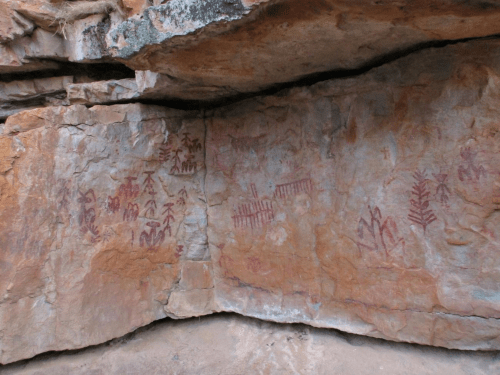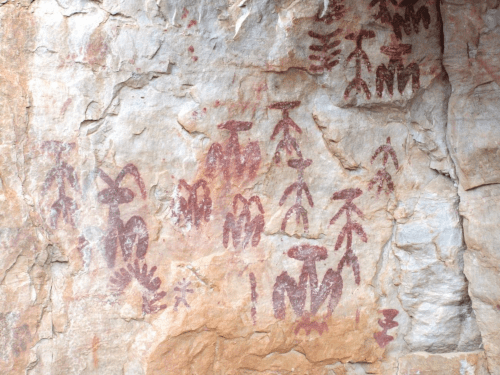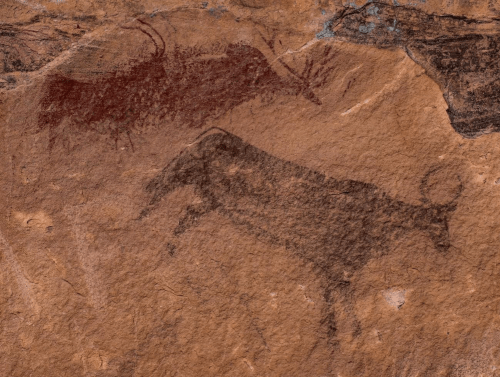This year, 2024, marks the centenary of the designation of four prehistoric rock art sites in Castilla-La Mancha as Historic-Artistic Monuments: Peña Escrita and La Batanera in Fuencaliente (Ciudad Real), Cueva de la Vieja in Alpera (Albacete), and Peña del Escrito in Villar del Humo (Cuenca). All four sites are currently open to visitors.
The designation a century ago not only ensured legal protection for these sites against potential harm but also represented an important recognition of rock art as an invaluable cultural heritage. This milestone highlighted the significance of the artistic expressions created by the first human groups in what is now Castilla-La Mancha and paved the way for ongoing research, cementing the prominence of these sites in the global field of archaeology.
In 1985, these sites were further classified as Assets of Cultural Interest, a distinction they hold to this day. In 1998, the Cueva de la Vieja and Peña del Escrito were inscribed on the UNESCO World Heritage List under the title Rock Art of the Mediterranean Basin on the Iberian Peninsula. Since 2010, these locations have been part of the European Rock Art Itinerary, a cultural network that highlights their importance on both a national and international scale.
Peña Escrita, La Batanera, Cueva de la Vieja, and Peña del Escrito represent the earliest discoveries of rock art in their respective provinces, with the first two identified in the late 18th century and the latter two in the early 20th century. The paintings at these sites reflect two distinct post-Palaeolithic artistic styles: Levantine art, created by Mesolithic hunter-gatherer groups who inhabited the eastern mountains of Castilla-La Mancha, and schematic art, developed by Neolithic-Chalcolithic communities who settled widely across the region.




